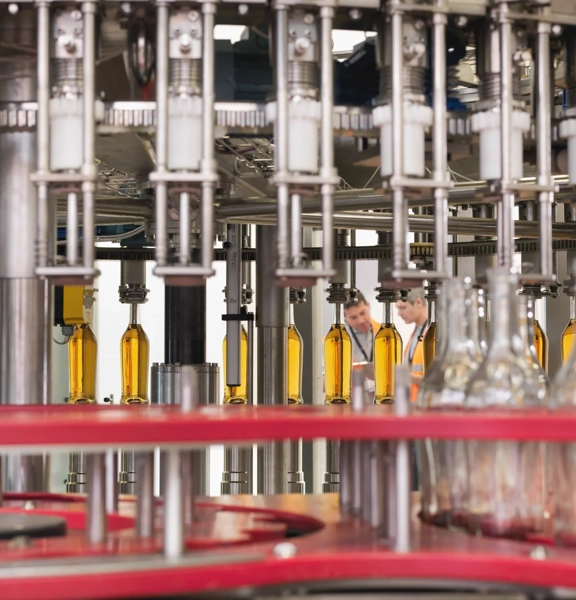Become a member
Take advantage of exclusive member benefits, world class events, networking and specialist support








 Become a member
Become a member 

Machinery Directive 2006/42/EC came into force on December 29th 2009, replacing Directive 98/37/EC. It is implemented into UK law by the Supply of Machinery (Safety) Regulations 2008, Statutory Instrument 2008/1597 (see useful links for link to Regulations).
It places a duty on the manufacturer/ importer of equipment which falls under the scope of the Directive, to ensure that the equipment supplied is safe and that the relevant documentation such as Technical Construction File, Declaration of Conformity or Incorporation (as appropriate) is supplied. Where other Directives may apply, such as the Low Voltage and EMC Directives (see Directives list for more information), these must also be taken into account.
In the UK, the lead Government Department is the Department for Business, Innovation and Skills (BIS, see links). BIS has produced guidance notes on the Directive which can be downloaded from their website. The European Union has also produced official guidance for the Directive which is available online.
Machinery is defined as:
Partly completed machinery is defined as:
drive systems and other assemblies which -
Annex 4 of the Directive specifies a list of machine types that are deemed to be more dangerous than others and hence can require the involvement of a Notified Body. Machine types include certain types of woodworking machines, presses for the cold working of metals, plastic and rubber injection moulding machines with manual loading or unloading. The full list is included in both the BIS and Europa guidance documents.
A Notified Body (NB) is a legal entity or person who has been appointed by the Government and notified to the European Commission for the purposes of conformity assessment. In the UK, NBs are assessed by UKAS, the United Kingdom Accreditation Service on an annual basis and the status can be removed at any time.
There are 3 routes to compliance for equipment falling under the scope of the Machinery Directive.